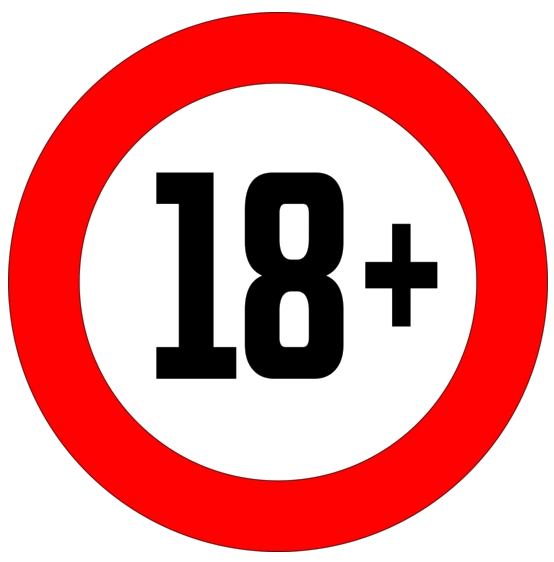Can Van Gaal sort out United’s defence?
Louis van Gaal is dealing with a top-heavy squad at Manchester United – world-class attackers, somewhat average defenders – but it’s not dissimilar from the composition of the squad he coached throughout the World Cup.
In Brazil, he had the individual quality of Robin van Persie, Arjen Robben and Wesley Sneijder going forward, but in deeper positions was depending heavily upon inexperienced youngsters. His use of various Feyenoord defenders was an easy way of getting around the problem – they brought good understanding from their time together at club level.
Another thing Van Gaal did, however, was using a strict man-marking system both in defence and midfield. In the Netherlands’ opening game, the 5-1 thrashing of Spain, it was obvious that his three centre-backs were staying extremely tight to Spain’s front three, often tracking them into deep, central midfield positions. It soon became apparent that this concept had spread to the midfield, and the 2-0 victory over Chile was one of the strangest games you’ll ever see. The two midfield trios spent the game chasing after each other, with barely any passes played into the midfield zone as a result.
Van Gaal considered it easier to instruct his players to man-mark rather than play zonally. So far at Manchester United, there’s no sign he’ll use a similar approach. Man-marking required constant formation switching according to the nature of the opponent, and this probably isn’t an option throughout a 38-game season.
Van Gaal also has a huge problem without any natural leaders at the back. The departures of Rio Ferdinand and Nemanja Vidic were long overdue, but it’s painfully obvious that Jonny Evans doesn’t have the characteristics required to instruct the likes of Chris Smalling, Phil Jones and Tyler Blackett – his own performances have been bad enough.
The switch from a three-man defence to a back four is also problematic. While the move entirely makes sense considering the composition of the squad (and Van Gaal probably should have been using a midfield diamond from the start of the campaign) it means the defensive drills he worked upon throughout pre-season have become almost irrelevant. Granted, Manchester United’s players are all accustomed to playing in a four-man defence, but it means ignoring what they’ve been taught over the past couple of months. For Van Gaal, a strict disciplinarian and the ultimate football ‘teacher’, it will be something of an embarrassment to change his approach so dramatically.
Van Gaal does have an advantage, however, because Manchester United are in the extremely rare position (for their standards, and compared to other top teams) of having nothing apart from Premier League matches until the new year. Van Gaal can spend all week on the training ground, drilling his players into a reliable defensive shape, and preparing them tactically for the upcoming opponent. This week, Brendan Rodgers admitted Champions League football was having a detrimental effect upon his ability to play for individual matches – his formation switching worked so effectively last season because the changes were always well prepared on the training ground.
An obvious barrier to defensive understanding, meanwhile, is the succession of injury problems Van Gaal has encountered. With five potential centre-backs – Evans, Smalling, Jones, Blackett and newcomer Marcos Rojo – it’s impossible to work out Van Gaal’s first-choice combination without them being fit together. None of the quintet command a place in the side, with Jones probably the closest to that status.
The uncertainty isn’t helped by problems at full-back. Luke Shaw’s fitness concerns have been well documented, while Rafael da Silva has returned but still appears frustrating, even if his penalty concession against Leicester was unfortunate. Forming a reliable unit from a host of unreliable individuals will be extremely difficult, and Van Gaal might end up selecting the best ‘learners’, rather than the most talented players in each position.
Van Gaal’s track record is extremely impressive, however, and his experience with Bayern Munich in 2010/11 demonstrates he can organise a four-man defence very effectively. Right-back Philipp Lahm was an obvious world-class performer, but Daniel van Buyten and Martin Demichelis worked well as a partnership despite being individually suspect the previous season. Holger Badstuber was effectively in the Tyler Blackett role – a young, untested left-sided centre-back, and he fit into the system well, despite individual limitations. He hasn’t looked as reliable since Van Gaal’s departure.
Developing such cohesion will take time, however – and while we’ve been saying that since the start of the season, in reality the injuries and formation switch means United’s backline is still stuck at square one.
Posted in , Premier League, Zonal Marking | 1 comment
September 24th, 2014 by Michael Cox

